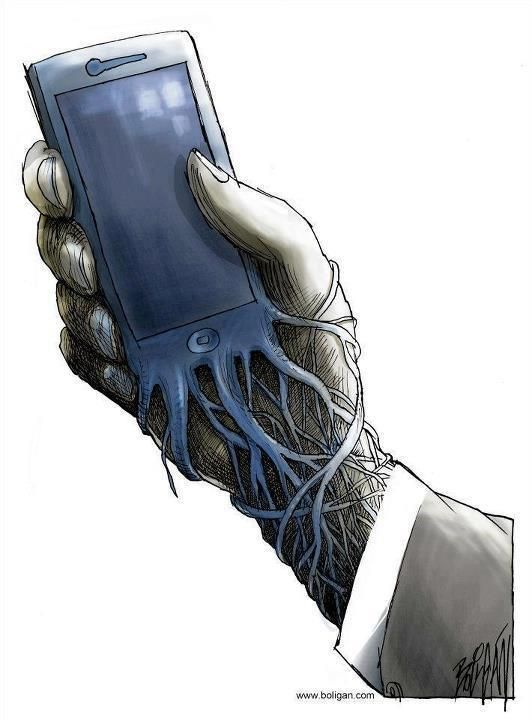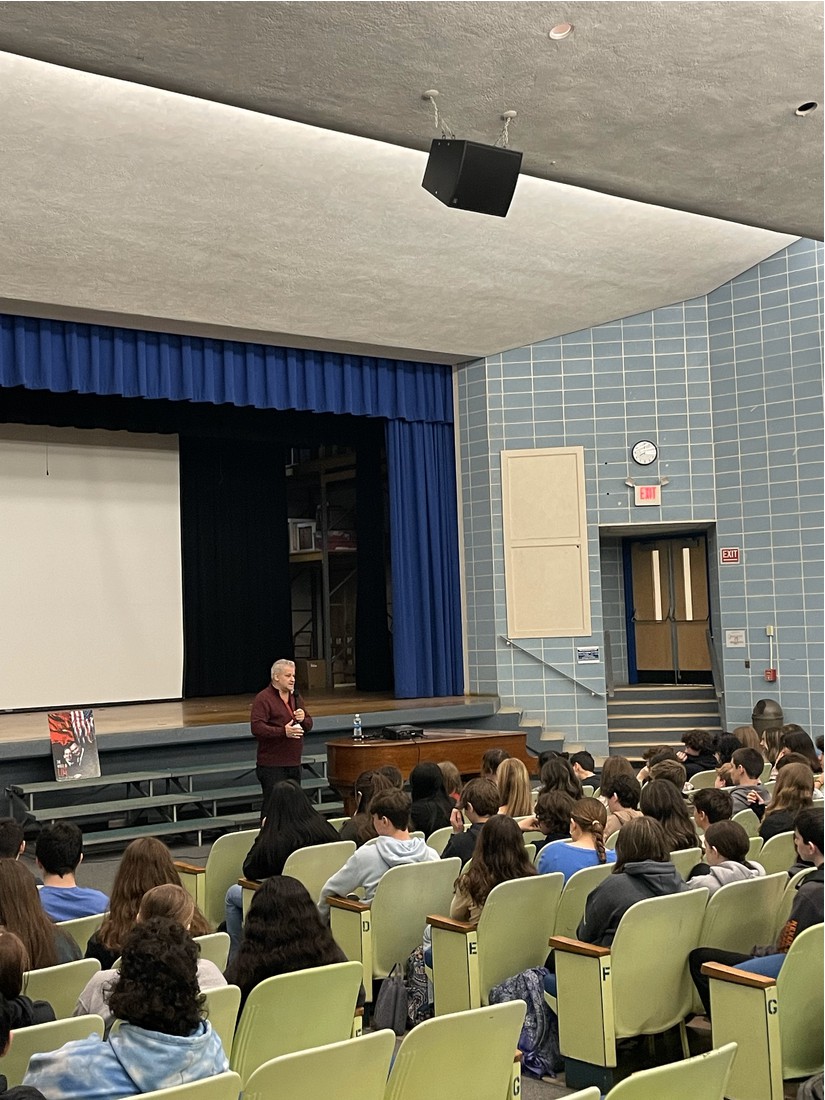Love them or hate them, phones are a normalized part of society in today’s world. They are found in workplaces, on the streets, in homes, and even the most infamous…school. With the rise of easy access, phones are becoming increasingly normalized in a school setting, causing many issues in relation to education and attention spans. However, it allows students to communicate with their parents easier. Both sides have a valid argument, yet what do the teachers in HMS truly think about this predicament?
After asking a plethora of questions to gather my data, I have come to one simple conclusion: teachers are sick of it–some more than others. Firstly, Mrs. Gates, a 7th grade science teacher says that the biggest distraction in her classroom was students calling out when they are not instructed to speak. As stated, “many students feel they have to comment on everything that is going on, even when it does not concern them in the slightest,” as a result, “This has proven to cause quite a bit of arguments amongst the students.” Demonstrated every day, verbal disagreements are inevitable when students call out. It’s a domino effect; once one of them starts talking, so do the rest. Interrupting this information, it seems now that because of the access young learners have to these devices, there has come a wave of short attention spans. Because they cannot wait and raise their hands, they will call out. I then asked Mrs. Judge, the 7th and 8th grade digital cinema teacher, the same question. She stated that it was food and the usage of phones–which no matter how many times she spoke out against–still made an appearance in her classroom. it ‘s an unstoppable addiction.
I then posed a question in regards to common trends and how they impact a classroom environment. An anonymous 7th grade ELA teacher states; “I believe students are constantly posing for Snapchat pictures, sending them, coordinating bathroom breaks, bathroom texts, popular dances, etc.” This is demonstrated in class each and every day, students commonly using their Chromebooks as a shield to hide their phones and other cellular devices. Trends are constantly performed in the classroom, and no matter how minor the students believe the disruption to be, it is still interfering with their learning and time to grow their brain. Mr. Massara, the 8th grade Enrichment Social Studies professor takes a different approach on this, stating, “I think we still have some kids who blindly believe everything they see and read on social media sites, especially when it comes to politics and what’s going on in the world.” This is completely true, it is a common trend to believe and follow things strangers do on the internet because of their status or likability. Facts are commonly overlooked nowadays and this causes tension and debate among the students. Along with this, the rise of social media has connected politics and beliefs to a sense of hostility. Because it is so easy to say malicious thoughts online, most do not think of the consequences. Even applying this into the real world, the mindset of being unable to be wrong still lingers, causing political “entitlement.” He then goes on to say, “Many adults are guilty of this, too,” which is most likely where this behavior stems from.
Deciding to dig a little deeper, I asked the teachers how attention spans were demonstrated to have been affected. An anonymous teacher stated; “I do feel as if the attention has decreased, especially in videos I play in class, the student’s do not like to see longer than 5 minute videos about a topic.” As a student myself, I have seen and experienced this feeling. EdPuzzle, a common software teachers use to pose questions on short videos, becomes draining and hard to watch. The fast-past mouthful of media that crams its way into our everyday lives makes it hard to pay attention–and I’ll admit–sometimes I find friends and even myself dreaming about my phone midday. 6th grade ELA teacher Mrs. Coyle states, “I would say yes, [answering ‘has your students focus deterred due to technology?’], but only because my own attention span has gotten worse in recent years due to phones and their access to social media and the internet at all times.” As stated here, not only is this theme common in adolescents and children, but grown adults have similar issues with putting down the device.
Finally, I conducted a poll asking how often a student had to be disciplined for a phone in the halls, classroom, or anywhere school wide. As the results arrived, they demonstrated that 33.3% of HMS educators did so occasionally, 23.8% did sometimes, 19% did often, 14.3% never, and 9.5% said they did so constantly. A majority of teachers said they had to discipline for a phone, even if not constantly, every teacher should have answered never. As it is a seemingly unstoppable recurring problem, my final plea to the reader today is you break from the screen, sit outside for a while, do your homework, and enjoy the reality of things. After all, technology is here to stay…how long ‘till it takes over?
























